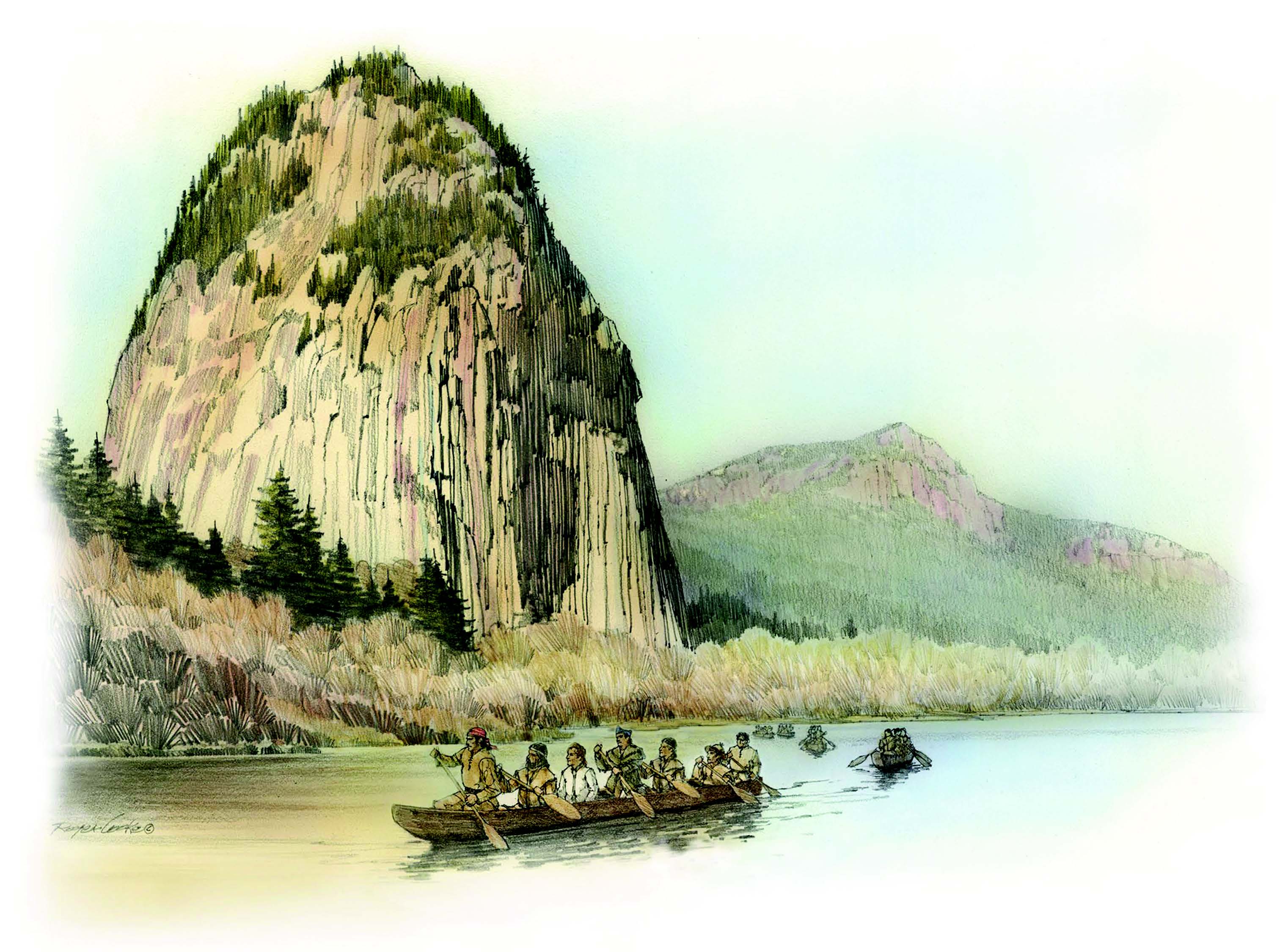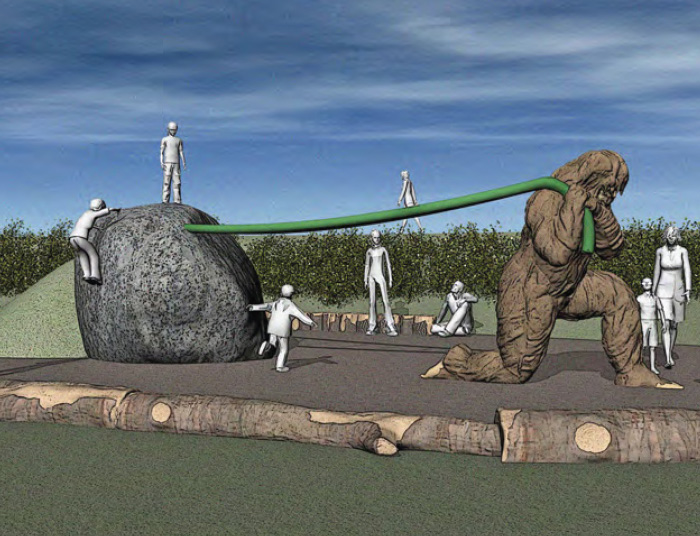Throughout history, people have been driven by a desire to explore. It’s out nature to seek out the unknown. It is this curiosity, this zeal for discovery that has made the Pacific Northwest the rugged and vibrant place it is today.
The sister towns of Camas (incorp. 1906) and Washougal (incorp. 1908) are often called the “Corssroads to Discovery” for their importance in the economic and cultural development of the region. For thousands of years, native Chinook tribes lived here, expertly traversing the Columbia River for food and trade. Starting in the 1500’s small groups of European explorers navigated the area in search of an elusive Northwest Passage to Asia.
In 1791 Captain Robert Gray sighted the Columbia River and shortly after a young Lieutenant named William Broughton led a long boat to explore its headwaters. Broughton landed in present day Washougal, near the east end of Reed Island. It was here that he named Mount Hood after a British admiral and Point Vancouver for his commanding officer. These events ushered in a new era of inward land exploration and years of trade between Europeans, native tribes and American settlers. These early expeditions also inspired another famous trek led by Meriwether Lewis and William Clark in 1805.
Today the curiosity is still within us, as we hike our trails, sail our rivers and climb out mountains. With every adventure we learn more about this wondrous land and we add to the legacy of traders, scientists, soldiers and settlers that came before. Explorations, great and small, have given us a history as diverse as our people and as awe-inspiring as our beautiful landscape.

Follow The Journey of
Erric the Erratic
It may seem like our landscape has always been the same. Yet just like people, the features of a place can travel great distances to get here.
As you explore Washougal Waterfront Park you’ll discover one of these world travelers in particular. Erric, a glacial erratic, is a stunning example of the ever-shifting forces of nature. Glacial erratics are stones and rocks that were transported by a glacier. They get their name from the Latin word, errere, shich means to wander. Some are tiny pebbles and some are boulders like our friend Erric, who likely started his journey 13,000 – 18,000 years ago in Canada and found a new home in our warmer climate.
When you see Erric take a moment to consider the great distances he traveled to get here. Our region is full of explorers who have left lasting impressions on our landscape and culture. What else will you see today that connects us with other places?


